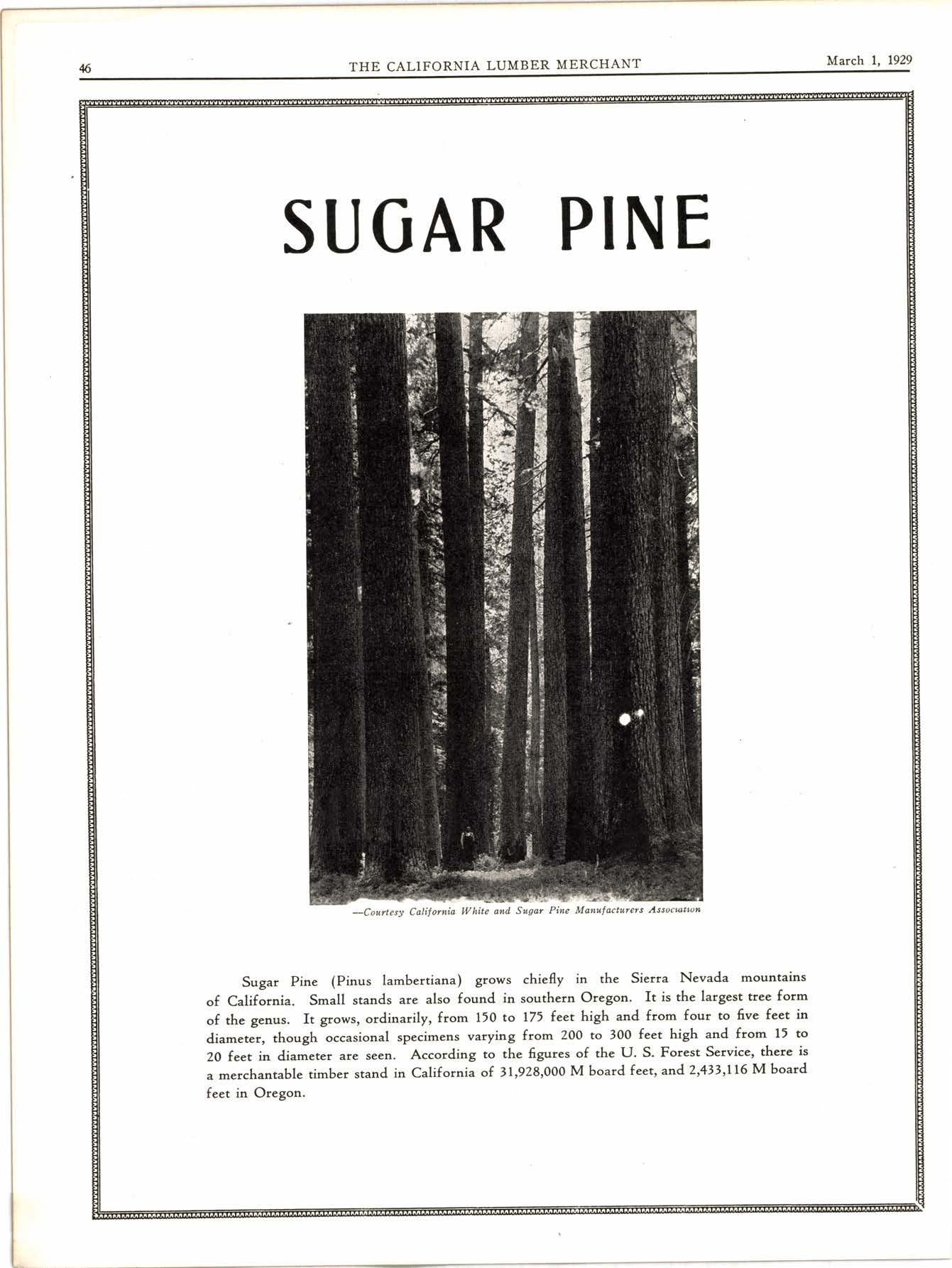
2 minute read
Pfize Winnin$ Convention Exhibit
Disptay Made by Shevlin Carpenter & Clark Co. of Minneapolis Vins First Award
i We do not know the rvorkings of the minds of the judges /of exhibits at the recent convention of the Northrvestern / I-"*U.i-."'" Association in selecting the exhibitof v Stt."ti", Carpenter & Clhrte Co. as the winner of the first prire. 'Perhaps they rvere guided by the simplicity.of the ixtrilit; perhaps Uy its consistency', and. perhaps .by the harmonious blending of the various products used ln lts construction. Perhips by a combination of all of these' But few, if any, of the hundred of visitors who saw and and the pictures on the rvall were quite in keeping with the remainder of the exhibit.
The open fireplace with the birch logs resting on,the.old brass andirons lave visions of the cheer which radiated in it " tto-"t of oir ancestors, and the many-paned windows carried out the scheme perfectly, as did the panelled wall;' and the floors, fastened down, not with steel nails but wltn the wooden pegs that were used in the olden days'
The panelling, in boards varyin-g from six to twelve inches in widtfi, was No. 2 and detter Pine-Northern White Pine from Robt. G. Chisolm Lumber Company, Ltd., of Fort Frances, Ontario; Pondosa pine from.the..mill of Shevlin-Hixon Company at Bend, Oregol, and Calttornia White and Sugar Pine produced by the NlcUloud Krver Lumber Company of McCloud, California.
To carrv out the idea of age, and to demonstrate the a"..liiit"'"f Fine, there were sime really old pieces of this wood. pilces that have seen service for many years'
There was a piece of Pondosa Pine, 12" No' 2 ta-k-en 'from a building a't Bend, Oregon, that- was built in 1882' il ;. ,t"lr., piittted, but was-as sound-as when manufacl"t"a, ""a a large knot rvas as firmly embedded in the wood as when it was in the tree.
In addition there were three White Pine boards, never o"int"J. fourteen inches lvide, removed from a woodshed in Vermont, built in 1771. The gray mold o,n part-of .these boards had been planed off and the boards finished without .t"itt, .tto*ing a harvelous variation of warm color' This *o"d it in grEat demand in the F'ast by architects and connoisseurs fo"r the building of pine interiors of what is known as "Pumpkin Pine".
Shevlin, Carpenter & Clark Co. Erhibit admired the various displays made at the convention will ouestion the fact that the'choice was well rnade' ' It was a "period" exhibit-distinctly Colonial and- perfectlv carried out to the minutest detail. Some of the furniture'was old, as the Windsor chairs, and some of it was ni*. But the nerv furniture was made in exact reproduction of old pieces, to carry out the idea and make it a harmonious whole.
The settle by the side of the fireplace was new' but it mieht have been transplanted from a home of Colonial days in \ew England. The quaint old clock, lnd the pewterolates. cofiei and tea poti and cups were fine examples of tning. of this character to be found in the kitchens of a century or more ago' The corner cupboard with its old Jirn"r'*". also typ-ical of that day, and the candle sticks
Still older and more potent testimony to the enduring quality of Pine were pew doo-rs with original pew.ter pew trumbirs that came ffom a church in Vermont that was -t"irii" reZl. In the fall of 1927 this church was wrecked in the Vermont flood and these doors were picked up on the banks of a near-bY stream. - it *iff be noted thit the rvood in the panels and in the kitchen cupboard has a considerable number of knots. 'I-he "Ju ".ittlrs saw beauty in knots, and builders now who "rpi a"t"ii as well as design lle. mor.e and more using wood "iiitit type in reproducing old in-teriors for modern homes' - 1'h. #f,ole efielt reflects the thought that was given try the Shevlin, Carpenter & Clarke Co', to the making of- a it"tv -etitoriouS exhibit, and is a credit to both the de;iil.';-;;e in. nttn (Libbev & Libbev of Minneapolis) who bui.lt it.










